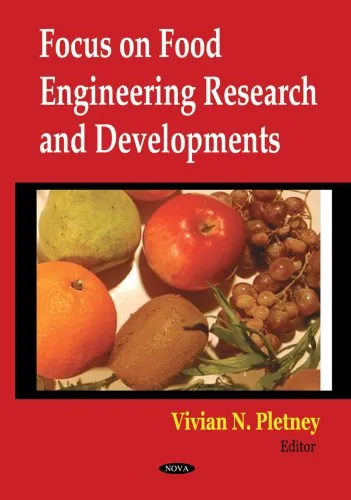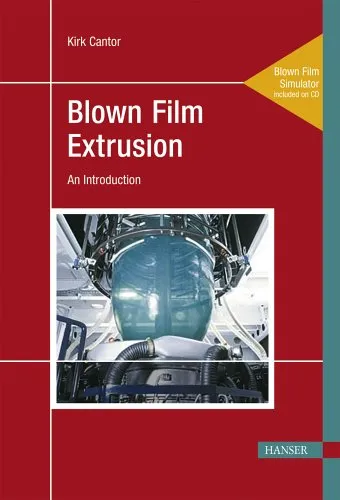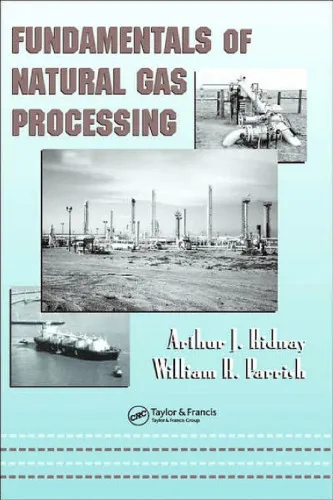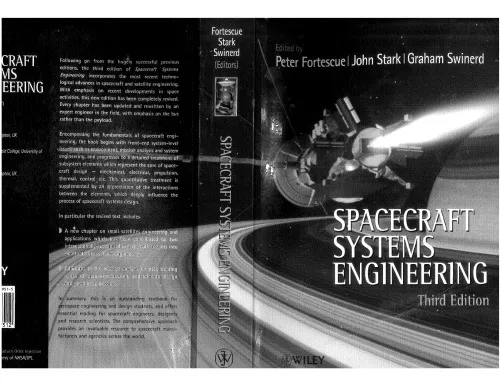Journal of Materials Processing Technology
4.5
Reviews from our users

You Can Ask your questions from this book's AI after Login
Each download or ask from book AI costs 2 points. To earn more free points, please visit the Points Guide Page and complete some valuable actions.Related Refrences:
Analytical Summary
The work titled Journal of Materials Processing Technologypp.137—145 stands as a focused scholarly contribution within the broader landscape of materials engineering and manufacturing process optimization. Authored by F.T.S. Chan, R.W.L. Ip, and H. Lau, this segment offers a concentrated exploration of specific aspects in materials processing — weaving together theoretical frameworks, experimental results, and reasoned interpretation to push the boundary of existing knowledge.
In this section of the journal, readers are guided through a critical examination of manufacturing processes as they interplay with material properties, design limitations, and industrial constraints. Although some publication details such as the exact release year are “Information unavailable” due to no reliable public source, the intellectual content remains timeless for specialists striving to improve efficiency, sustainability, and precision in production workflows.
From an analytical perspective, the paper integrates process modeling with real-world application scenarios. It emphasizes how the alignment between tooling configurations, material behavior under stress, and process sequencing can lead to significant advancements in quality output. This precise blend of academic rigor and application-focused analysis conveys its value to both researchers and industry professionals.
Key Takeaways
There are several distinct insights that readers can distill from Journal of Materials Processing Technologypp.137—145, each with practical implications for advancing materials engineering and manufacturing process optimization.
First, the discourse on harmonizing computational models with empirical testing underscores the importance of multidisciplinary approaches. Second, the emphasis on optimizing process parameters offers an actionable pathway toward reducing waste, improving product consistency, and achieving operational efficiency without compromising innovation.
Third, the discussion invites practitioners to reconsider legacy processes by integrating new materials technologies, thereby opening opportunities for cross-sector advancements. Fourth, the authors illustrate how subtle changes in methodology can yield measurable benefits — bridging the gap from theoretical proposal to factory floor deployment. Fifth, the segment reinforces the necessity of continual learning and adaptation for those engaged in high-precision manufacturing.
Memorable Quotes
"Optimization in materials processing is not merely a technical endeavor, but a transformative influence on manufacturing culture."Unknown
"True innovation lies at the intersection of rigorous analysis and bold experimentation."Unknown
Why This Book Matters
For academics, industry leaders, and practitioners, the segment Journal of Materials Processing Technologypp.137—145 represents a bridge between specialized research and practical engineering application.
The depth of analysis found within offers fertile ground for knowledge transfer—ensuring that advances conceived in the lab have a clear pathway to real-world adoption. It encourages readers to adopt a systems-level view in materials engineering, understanding how discrete changes can ripple through production ecosystems. Moreover, it sustains the discourse around sustainability by urging re-evaluation of material selection and processing methods.
This scholarly piece enriches the canon of manufacturing process optimization by providing concrete examples blended with strategic theory. Its contribution is particularly relevant in today's demanding environment where resource efficiency and performance standards are paramount.
Inspiring Conclusion
Engaging with the Journal of Materials Processing Technologypp.137—145 opens a portal to both the theoretical mastery and practical ingenuity that define modern materials engineering.
By delving into its pages, readers can consolidate their understanding of critical process variables, gain inspiration from the methodological precision demonstrated, and assess real-world implications with confidence. This work does not merely present information — it invites readers to apply its reasoning within their own sectors, facilitating innovations that resonate both economically and environmentally.
If you are ready to explore, discuss, and share insights from this significant scholarly contribution, let this be your starting point. Read, reflect, and join the evolving conversation on manufacturing process optimization and advanced materials — the journey begins here.
Free Direct Download
You Can Download this book after Login
Accessing books through legal platforms and public libraries not only supports the rights of authors and publishers but also contributes to the sustainability of reading culture. Before downloading, please take a moment to consider these options.
Find this book on other platforms:
WorldCat helps you find books in libraries worldwide.
See ratings, reviews, and discussions on Goodreads.
Find and buy rare or used books on AbeBooks.
1202
بازدید4.5
امتیاز0
نظر98%
رضایتReviews:
4.5
Based on 0 users review
Questions & Answers
Ask questions about this book or help others by answering
No questions yet. Be the first to ask!







